Located in Danba County, Garze Tibetan Autonomous Prefecture, Sichuan Province, Danba Tibetan Villages are the main settlement area of the Jiarong Tibetans. They are renowned worldwide for their unique Tibetan watchtower houses and magnificent plateau scenery. Situated at an altitude of approximately 1,700-5,521 meters, this area is surrounded by mountains and crisscrossed by rivers, forming a grand picture of harmony between humans and nature.
"Danba" means "town on rocks" in Tibetan, which aptly describes the geographical features of this land. The villages are mainly distributed in the valley areas of the Dadu River basin, with Jiaju, Zhonglu, and Suopo villages being the most famous, known as one of "China's Most Beautiful Rural Towns."
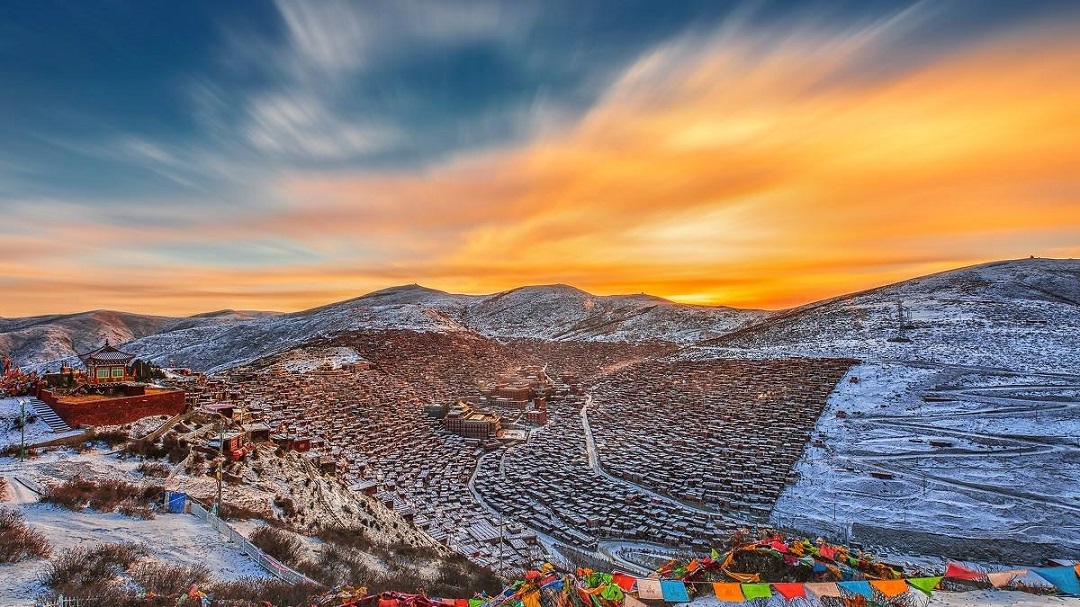
The history of Danba Tibetan Villages dates back over 2,000 years. It was once the location of the ancient Dongnv (Eastern Women) Kingdom and retains rich female cultural relics. As an important node on the Ancient Tea Horse Road, Danba has been a crossroads for multi-ethnic cultural exchanges since ancient times, forming the unique Jiarong Tibetan culture.
Today, Danba Tibetan Villages attract tourists from around the world with their unique architectural style, profound cultural heritage, and magnificent natural scenery. In 2005, Danba Tibetan Villages were rated as the top of "China's Six Most Beautiful Rural Towns" by China National Geography magazine, becoming a bright pearl on the western Sichuan tourism route.
The Danba Tibetan Villages area is home to several distinctive villages and natural landscapes, each showcasing the unique culture of the Jiarong Tibetans and the magnificent scenery of the western Sichuan plateau. From the imposing watchtower clusters to the peaceful Tibetan villages, from the magnificent snow-capped mountains and canyons to the clear streams and meadows, Danba offers diverse tourism resources.
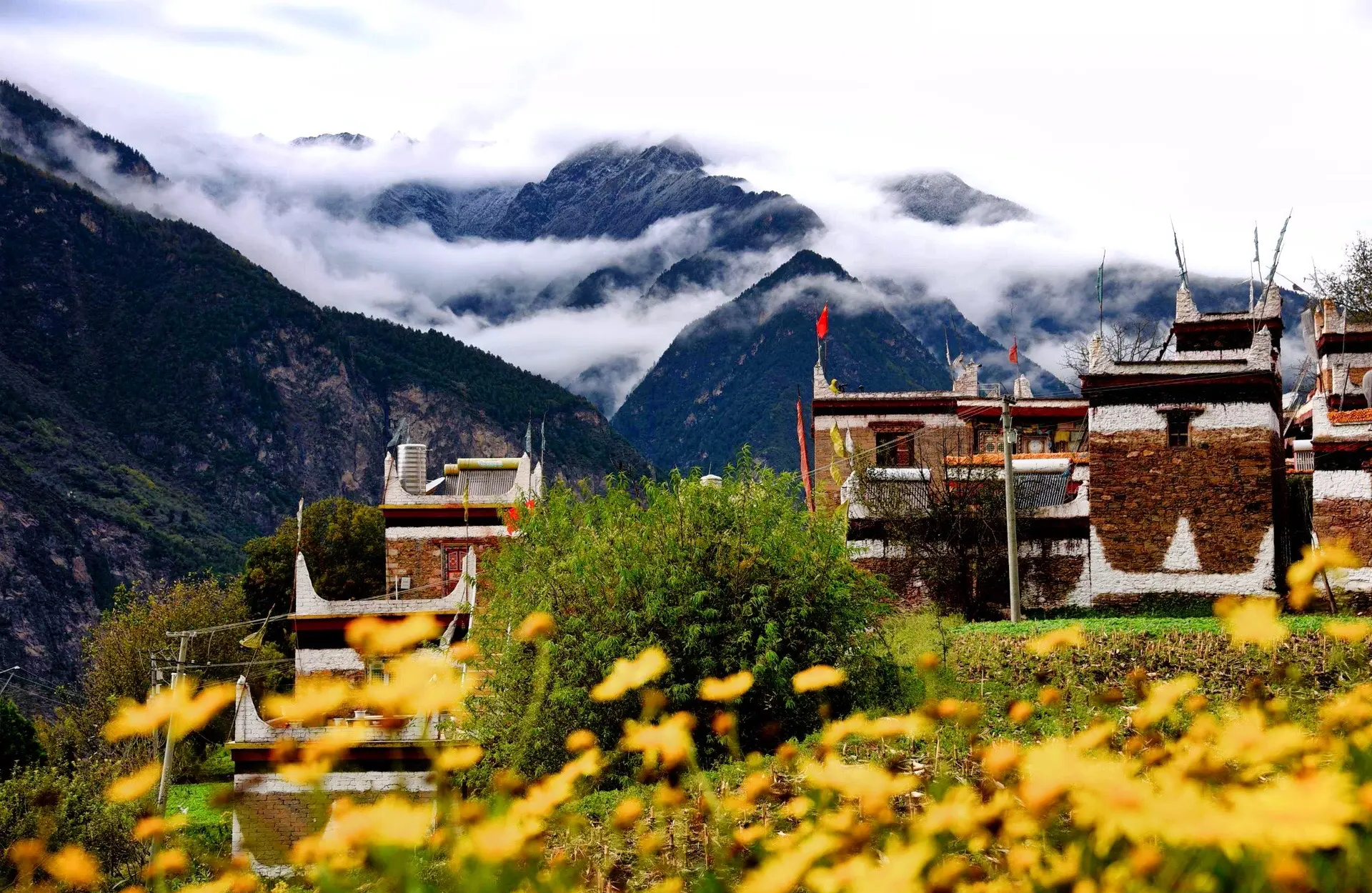
"Jiaju" means "a thousand households" in Tibetan. It is one of the most representative Tibetan villages in Danba. Over 500 Tibetan watchtower houses are built along the mountainside, stretching from the Dajin River valley to the foot of the Kapama mountain range, forming a spectacular scene of "a thousand households in one village."
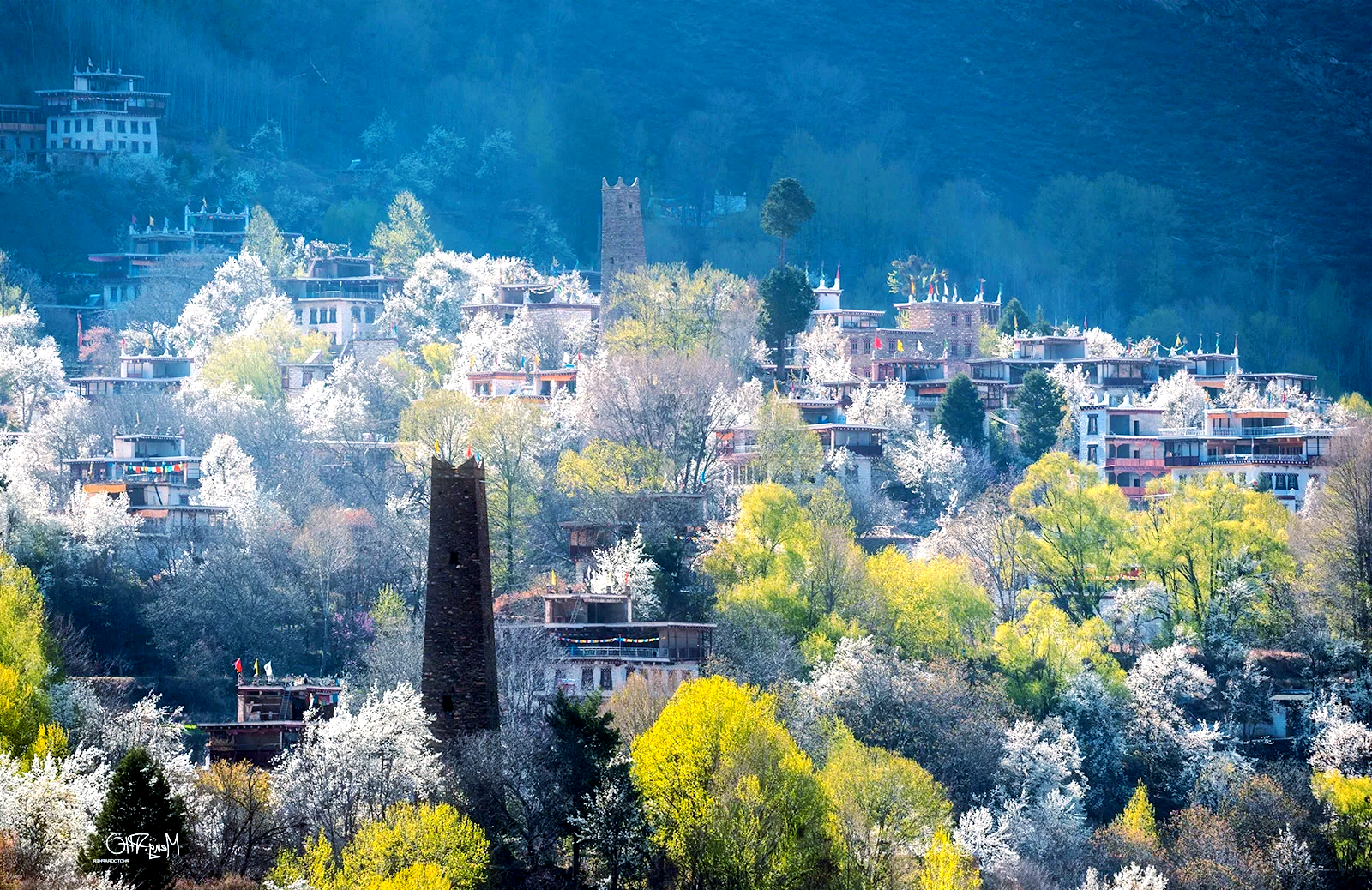
More tranquil and ancient than Jiaju, it has over 360 watchtowers and is the most concentrated area of Danba watchtowers. It preserves numerous historical relics, including Neolithic sites and Ming-Qing Buddhist pagodas, with profound cultural heritage.
One of the oldest watchtower clusters in Danba, with 84 existing watchtowers. The most famous are the Zhibo watchtowers, two towers only 30 meters apart, known as "sister towers." The watchtowers here showcase exquisite architectural craftsmanship, with some reaching over 40 meters in height.
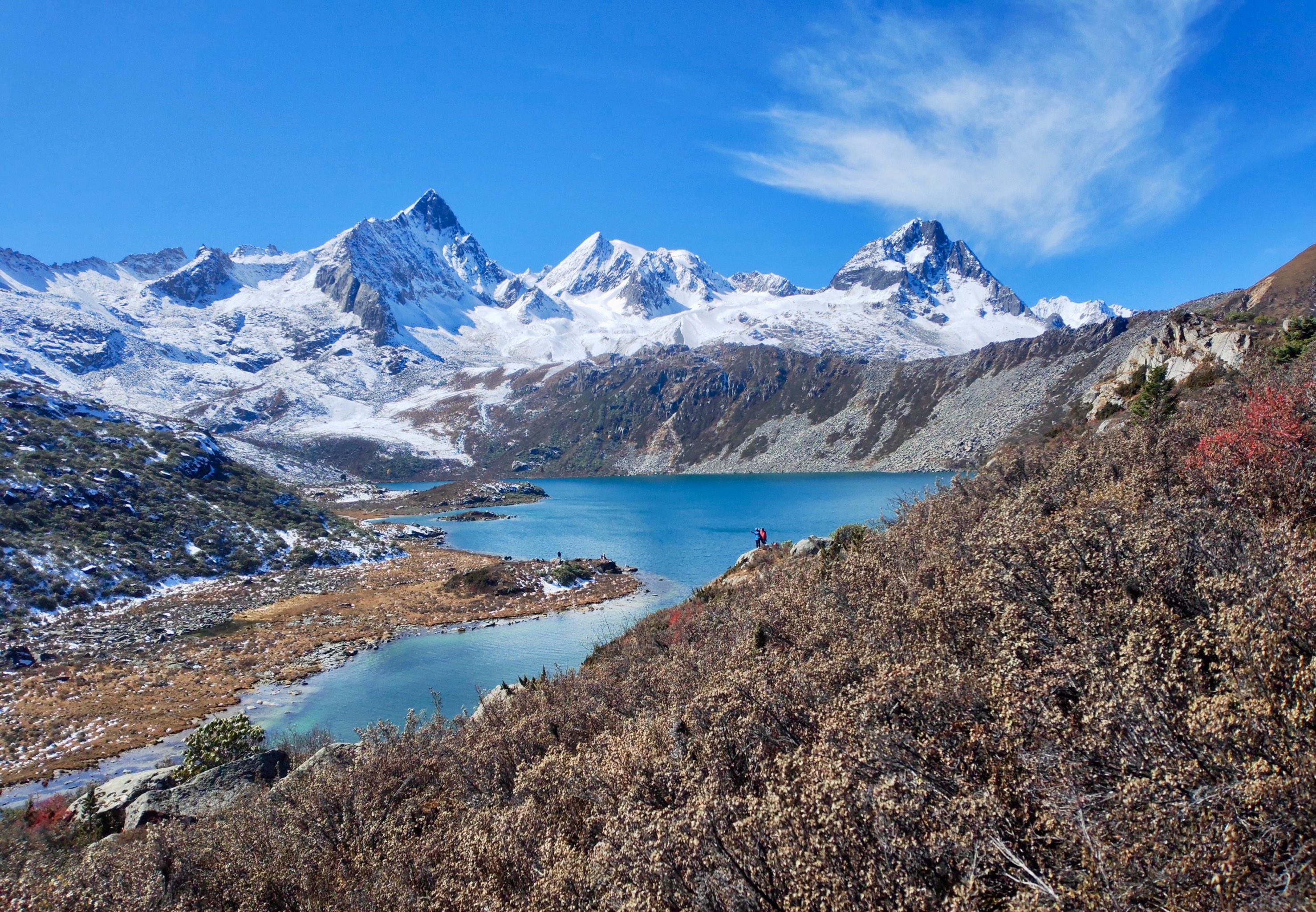
Located in the northwest of Danba County, it is a natural scenic area integrating snow-capped mountains, glaciers, forests, meadows, and hot springs. Hulu (Gourd) Lake is the most famous alpine lake in Dangling. In autumn, the area is especially beautiful with colorful forests.
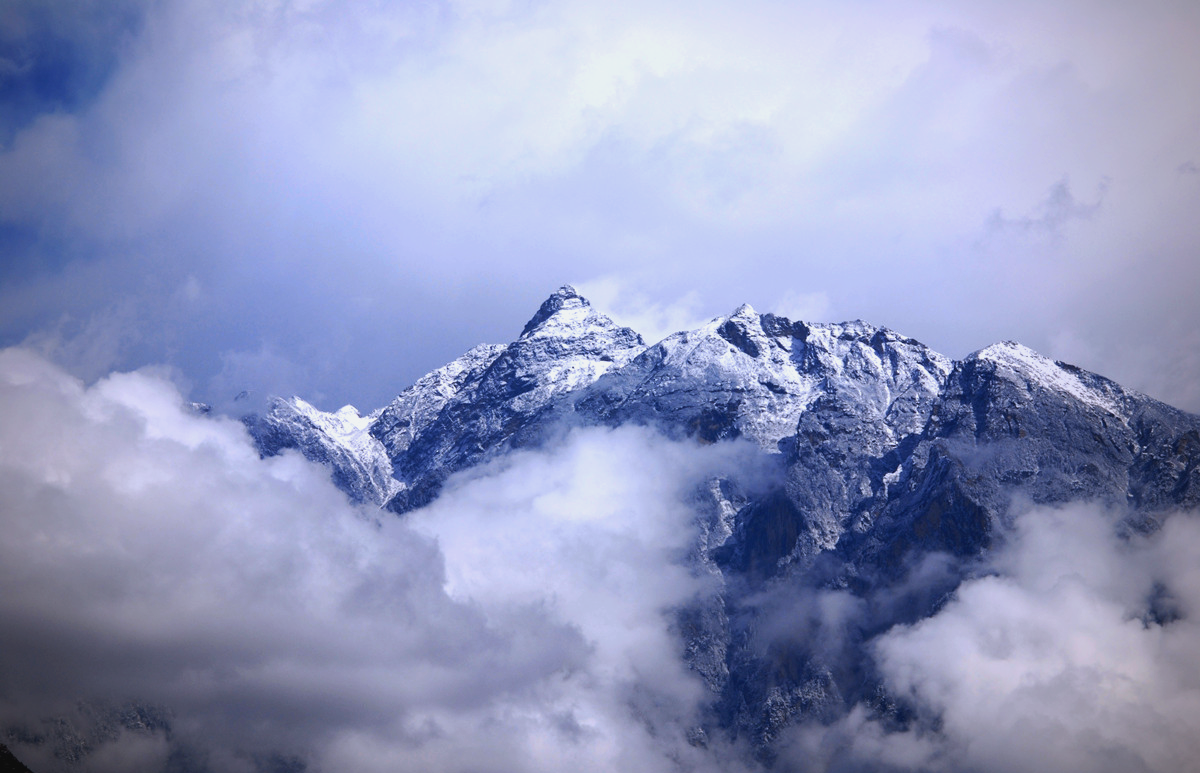
A sacred mountain of the Jiarong Tibetans, with an altitude of 5,105 meters, it is one of the four sacred mountains of Tibet. There are numerous natural landscapes and cultural relics on the mountain. The Muerdu Temple Fair on the 10th day of the 7th lunar month attracts worshippers from all directions.
Located 21 kilometers southwest of Danba County, it got its name because it is famous for producing beautiful women and has close ties with the Dongnv Kingdom culture. Every May, a beauty pageant is held here, showcasing the unique charm of Jiarong Tibetan women.
The most striking feature of Danba Tibetan Villages is their unique architectural form combining watchtowers with residences. This architecture retains the characteristics of traditional Tibetan buildings while incorporating unique designs adapted to the plateau mountain environment, representing the wisdom of the Jiarong Tibetan people.
Danba is the main settlement area of the Jiarong Tibetans, a branch of the Tibetans with their own unique language, clothing, customs, and religious beliefs. The culture here preserves the essence of traditional Tibetan culture while integrating cultural elements from neighboring ethnic groups, forming a unique cultural style.
Danba was once the location of the ancient Dongnv (Eastern Women) Kingdom, where women enjoyed high social status. This "female culture" is still reflected in today's Danba society. The annual "Beauty Pageant" (also known as "Cultural Festival") is one of Danba's most distinctive folk activities, showcasing the Jiarong Tibetans' pursuit of beauty and respect for women.
Danba Tibetan Villages are not only the homeland of the Jiarong Tibetan people but also important material for studying Tibetan culture, architectural art, and social history on the western Sichuan plateau, with important historical and cultural value:
| Spring (April-May) | Pear blossoms in full bloom, beautiful scenery |
| Autumn (September-October) | Pleasant climate, rich colors |
| Summer (June-August) | Green grasslands, summer resort |
| Winter (November-March) | Cold with fewer tourists, unique snow scenery |
| Jiaju Tibetan Village | ¥50/person |
| Zhonglu Tibetan Village | ¥30/person |
| Suopo Watchtower Cluster | ¥20/person |
| Dangling Scenic Area | ¥20/person |
| Danba Beauty Valley | Free (some attractions charge) |
* Discount policy: Children under 1.2m, seniors over 65, disabled persons, etc., can enjoy free or discounted tickets with valid documents
Danba County, Garze Tibetan Autonomous Prefecture, Sichuan Province
Approximately 1,700-5,521 meters
Approximately 57,000 (total population of Danba County)
Jiarong Tibetans, Han Chinese, Qiang, etc.
Top of China's Six Most Beautiful Rural Towns
Approximately 600 existing
Spring (April-May) and Autumn (September-October)
Tibetan homestays, watchtower exploration, folk festivals
Suitable for visiting, large temperature difference between day and night, it is recommended to bring warm clothing and pay attention to sun protection
Danba is the central area of the ancient Dongnv (Eastern Women) Kingdom, which was a matriarchal society centered around women. This cultural tradition still exists in Danba
Danba watchtowers serve multiple functions including residence, defense, and observation. Historically, they were used to defend against enemies and wild animals, and were also symbols of status
The Jiarong Tibetans are a branch of the Tibetans with their own unique language and culture. Danba is one of the areas where Jiarong Tibetan culture is best preserved
Danba is located on the southeastern edge of the Qinghai-Tibet Plateau, with a mild climate and rich vegetation, serving as a habitat for many rare plants and animals
Mainly Tibetan-style, including butter tea, tsampa, hand-held meat, yogurt, as well as local specialties like Zha wine and various wild mushrooms